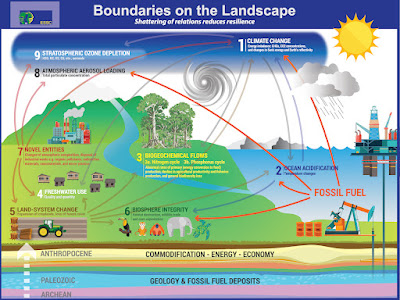Day 22: Of Weights And Measures
I
would like to use as springboard a Chinese proverb of unknown authorship which talks about the advantage of being tiny,
“The advantage of being tiny: like a blade of grass looking up at a tree, like a stream looking out on the ocean, like a light in a village hut looking up at the stars in the sky; because being tiny, I can see what is great.”
O
n day twenty-two of the Season of Creation let us to ponder the wisdom behind weights and measures. The earliest recorded systems of weights and measures by the earliest civilizations were connected with agriculture, construction and trade. Most measurements of length were based on the human body—length of a foot, the length of a stride, the span of a hand, and breadth of a thumb. With the advancement of technology, economy and trade between localities across the globe, standardized weights and measures became very important. The science of metrology systematized the various fundamental units, e.g., in the fields of electricity, medicine, etc. I remember one experience when I was using my electric shaver in Indonesia, my shaver almost conked out because their electric voltage is higher than in the Philippines. Knowing the measurement of everything not only smoothens daily operations, but you will be able to save a life.
We cannot do away with measures. The Genesis account of creation began when the Spirit hovered above the formless void of the sea and, bit by bit, God placed the necessary measures and boundaries on it. God’s act of creation is the act of putting measures, limits and boundaries as a way of taming chaos back into its proper place. I call this as the “push.” Land appears only after God has pushed the limits of the water; plants and animals came to be because God tells to the water, “Here you stop! You may come no further!”
Another equally significant point to consider about weights and measures is what I call the “pull.” Measurements could be curtailing, limiting, restricting, exacting, rigid, stringent and what have you. But this is necessary. To limit in order to be useful. You may have heard of the planetary boundary (PB) concept, introduced in 2009. This concept is aimed to define the environmental measures, limits and boundaries within which human beings can safely operate. This PB framework is a science-based guide in defining a safe operating space for humanity on Earth. It can provide an invaluable contribution to decision-makers in charting desirable courses for a more sustainable kind of development. UN's World Commission on Environment and Development (WCED) defines sustainable development as "development that meets the needs of the present generation without compromising the ability of future generations to meet their own needs." 8thWorker.us


Comments
Post a Comment